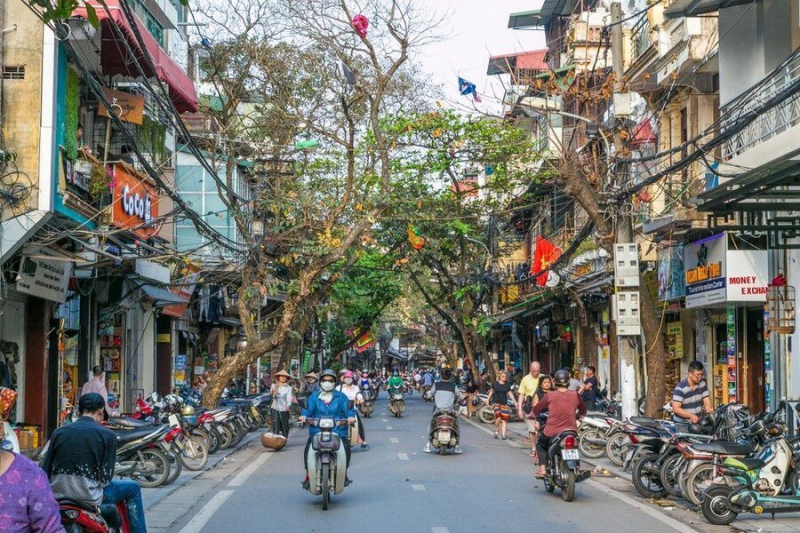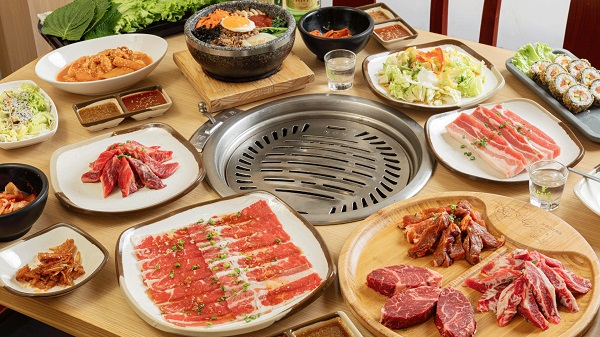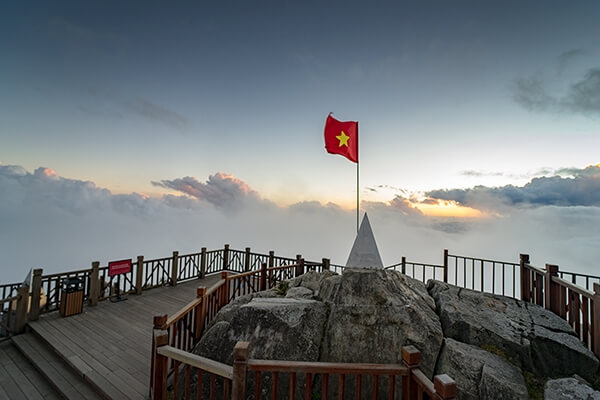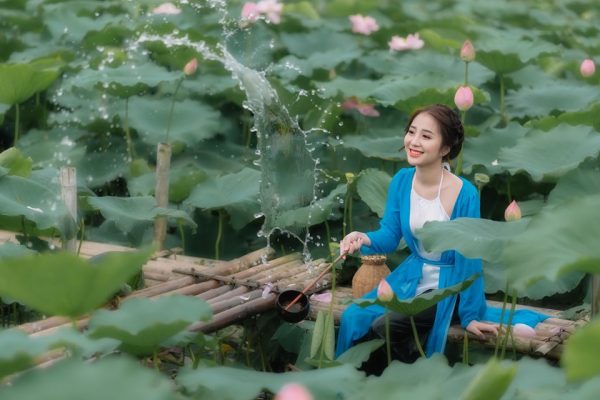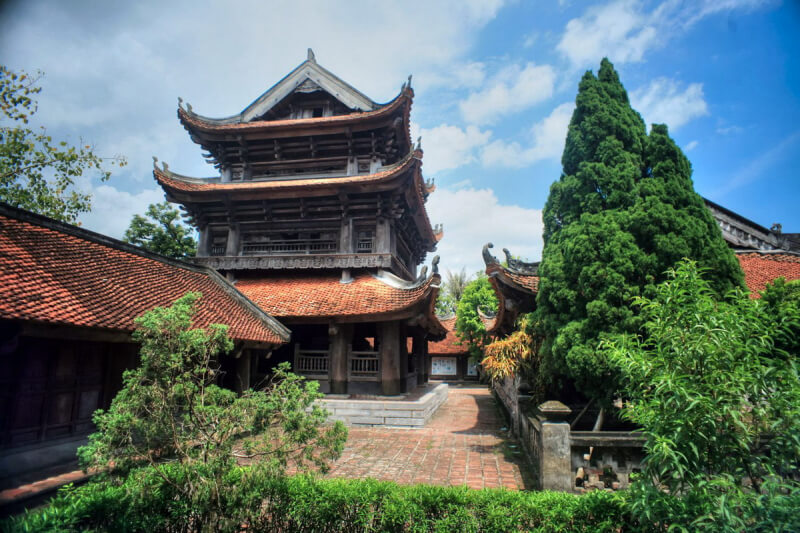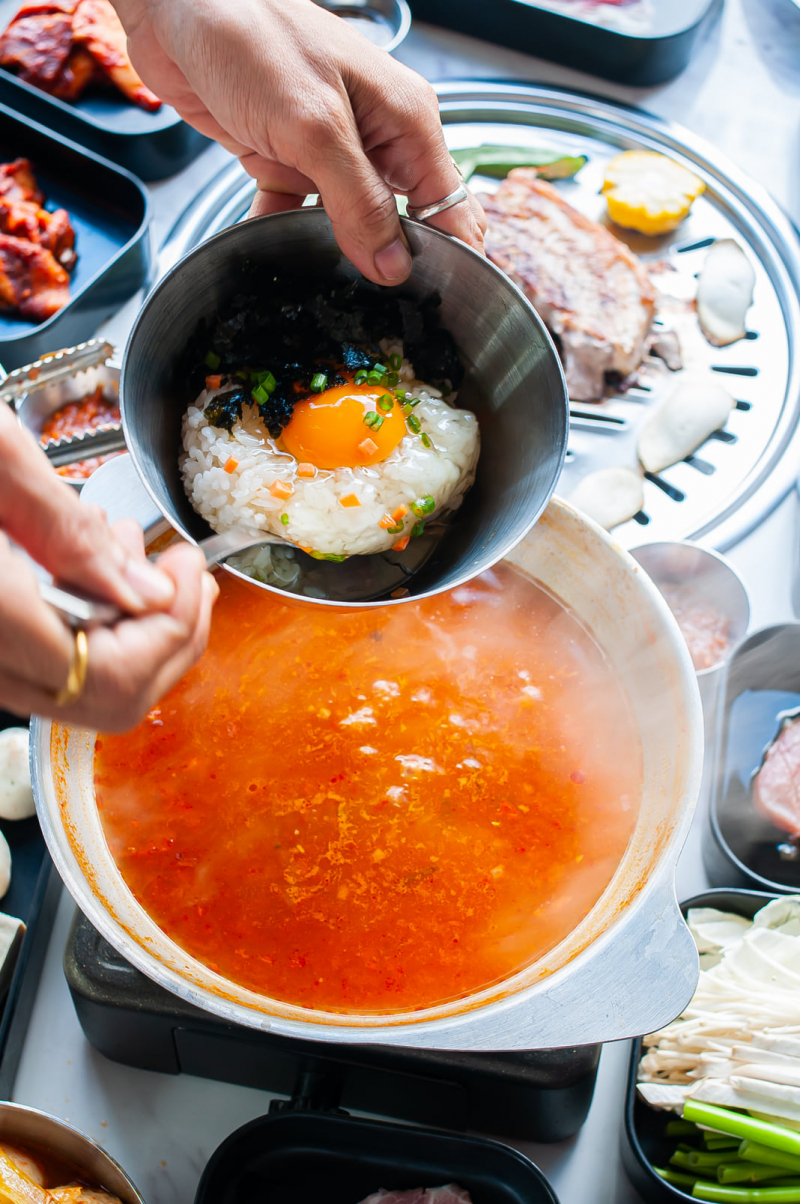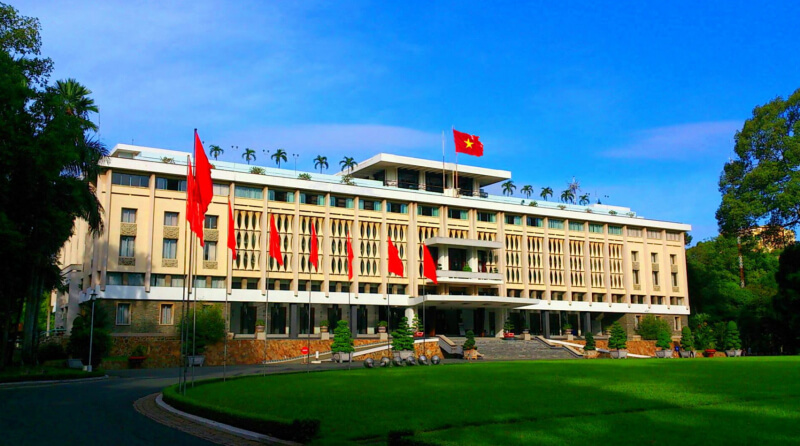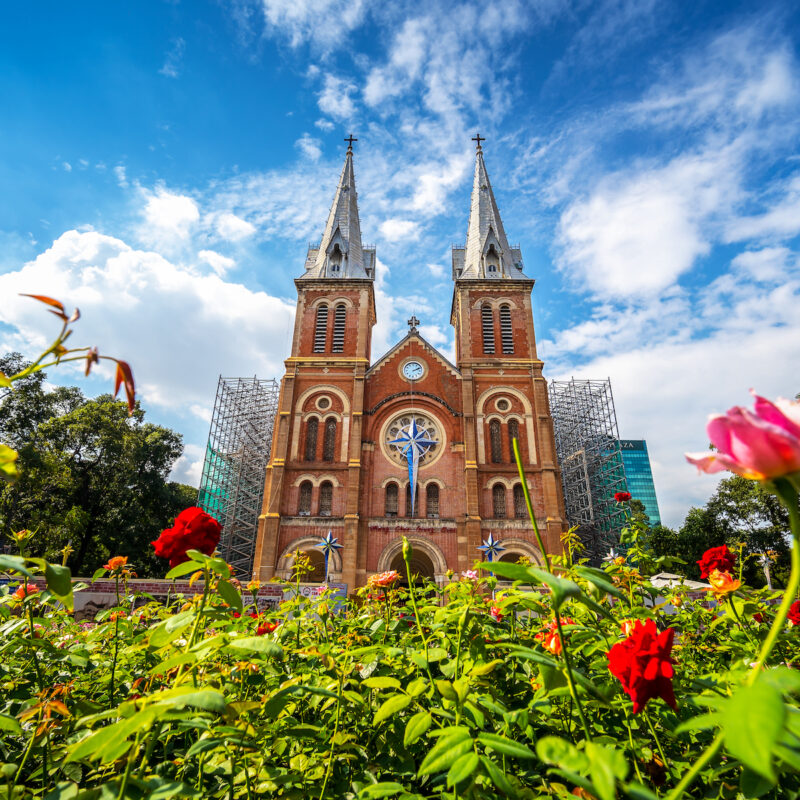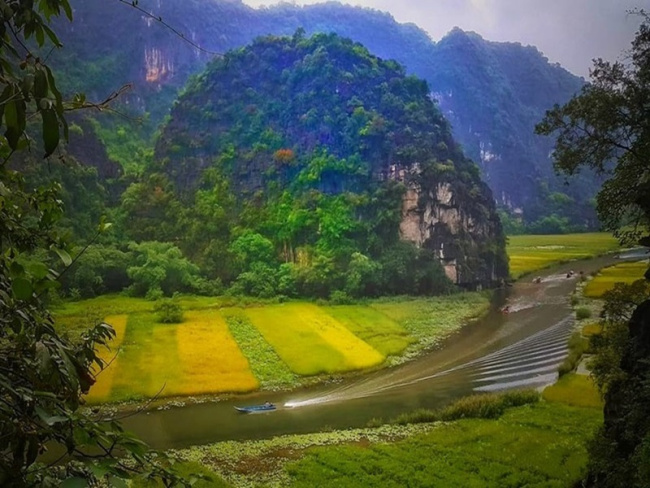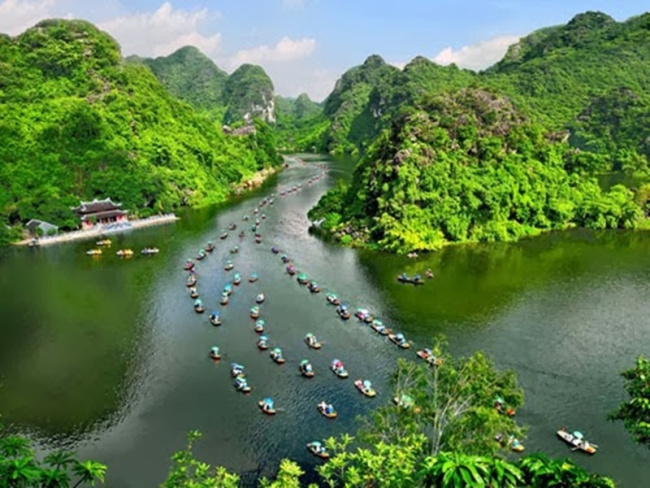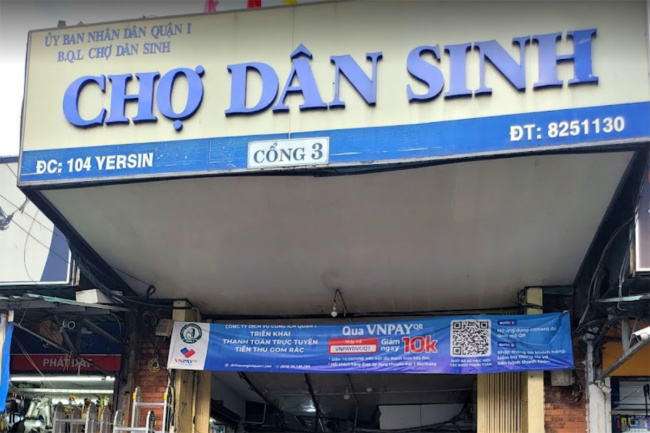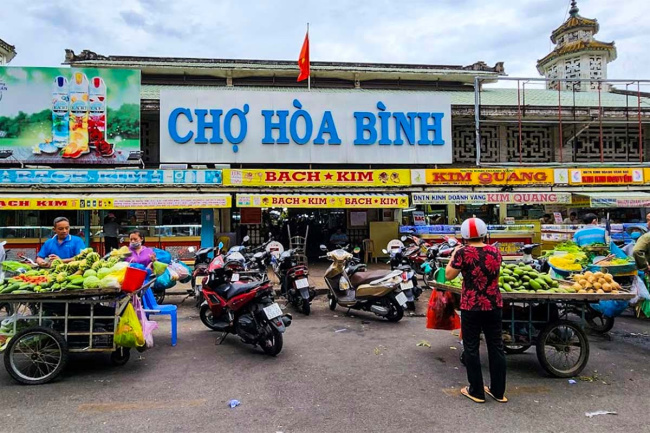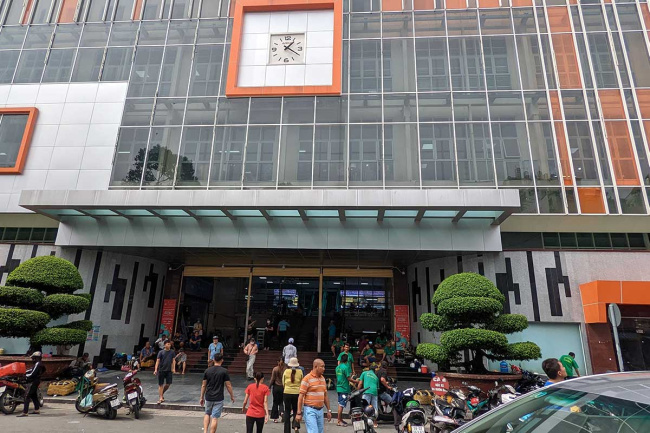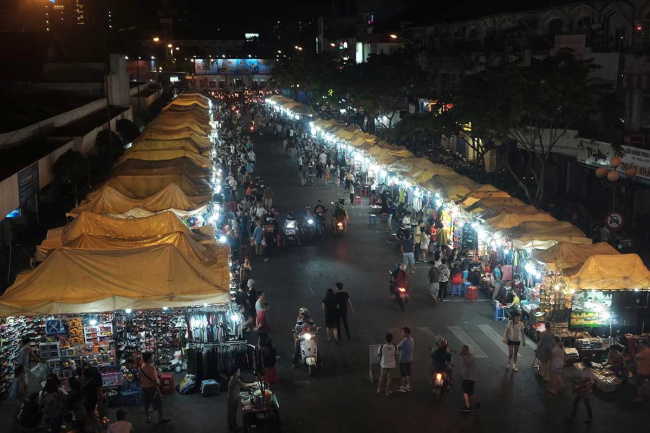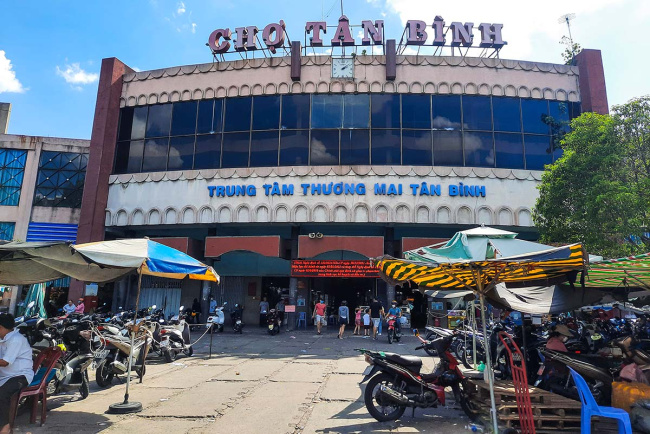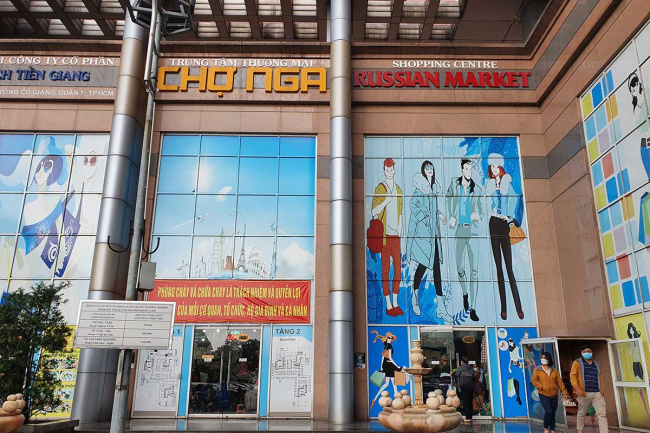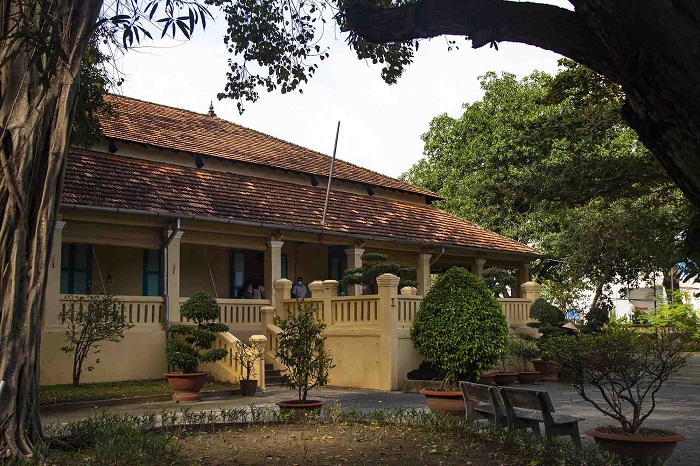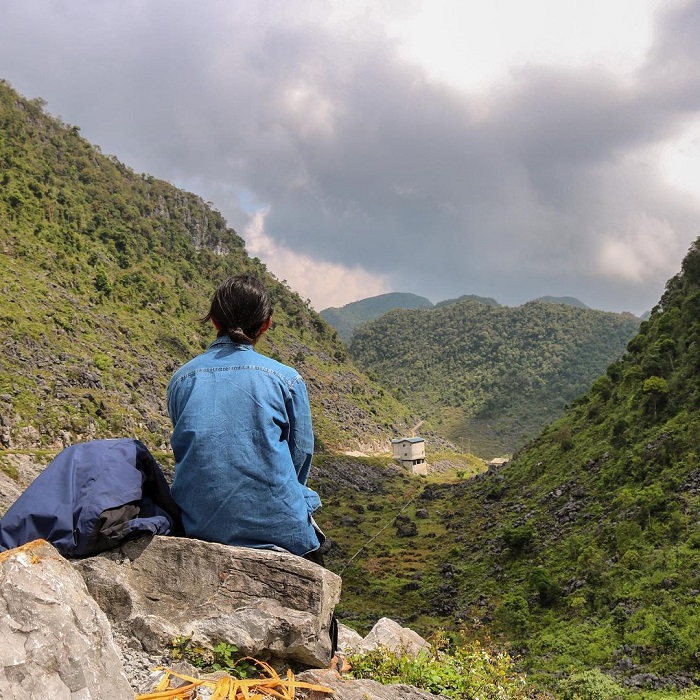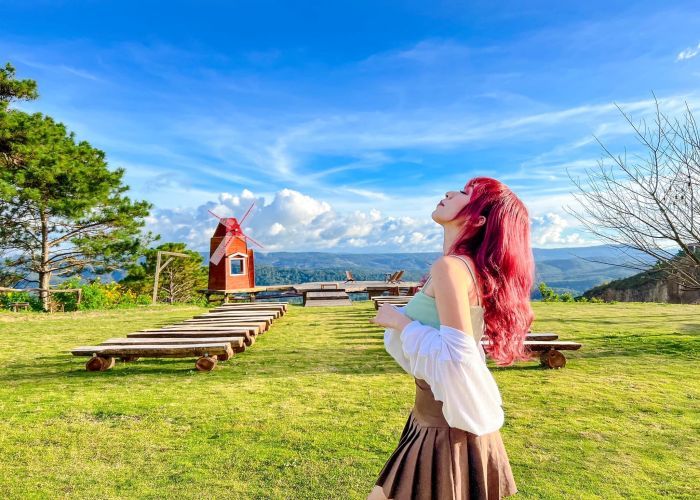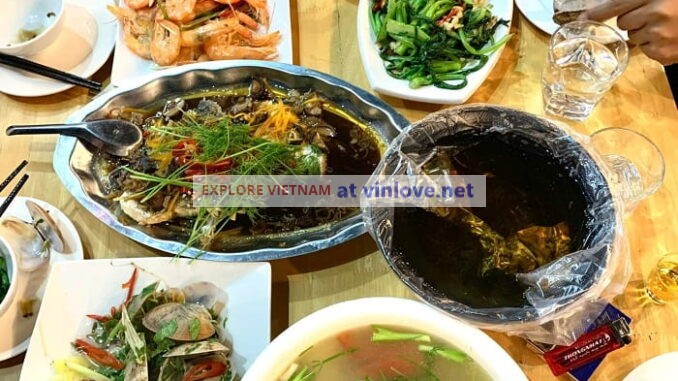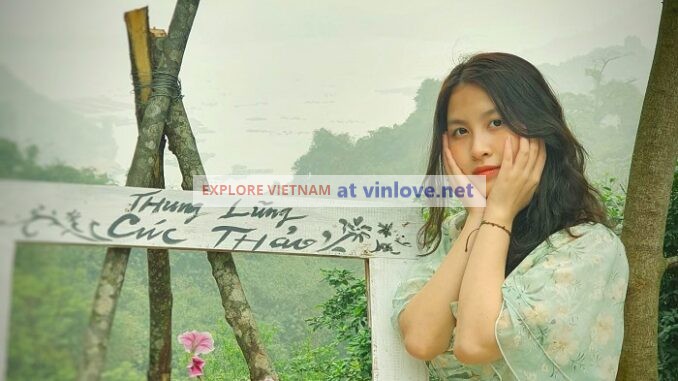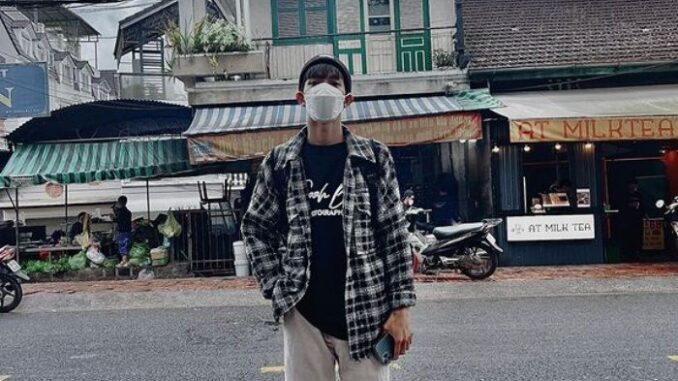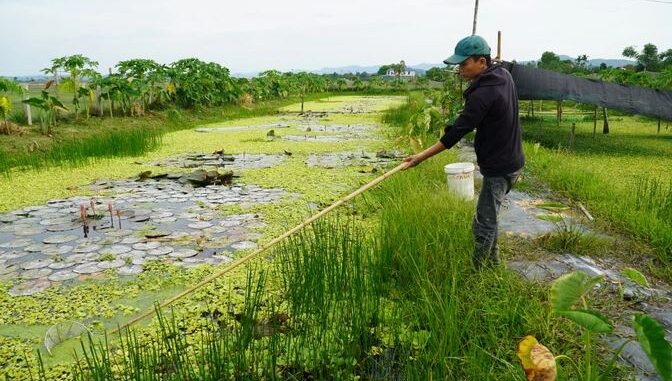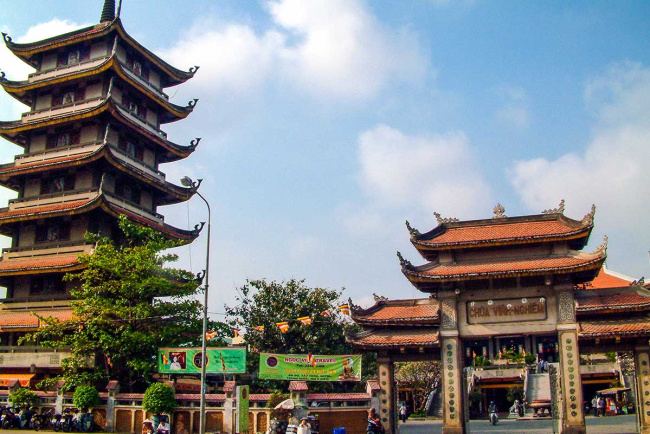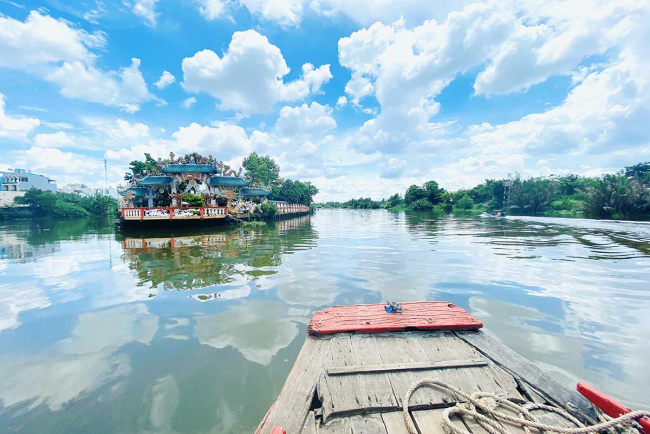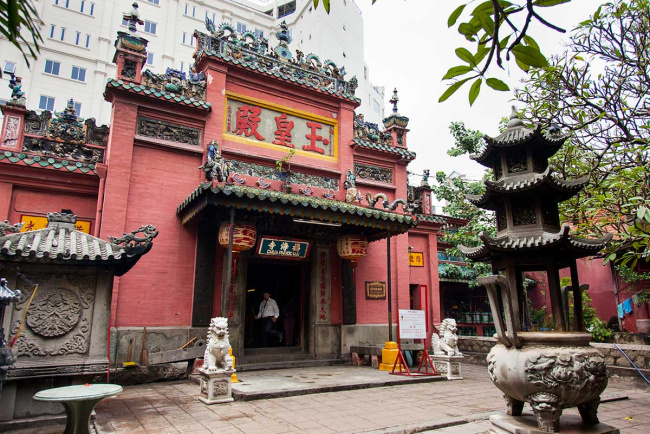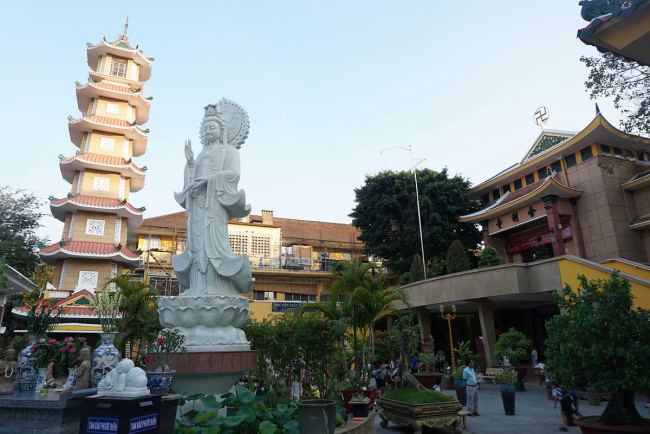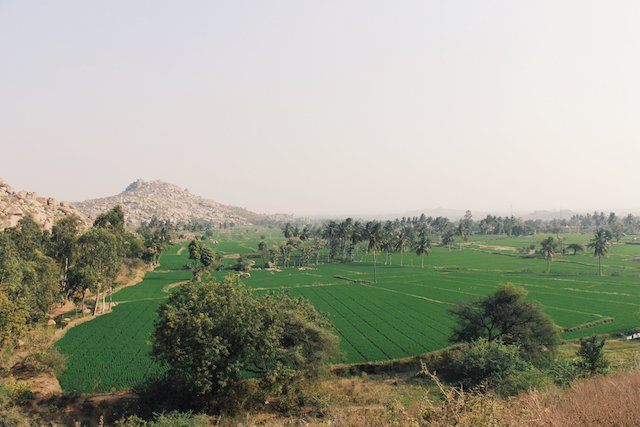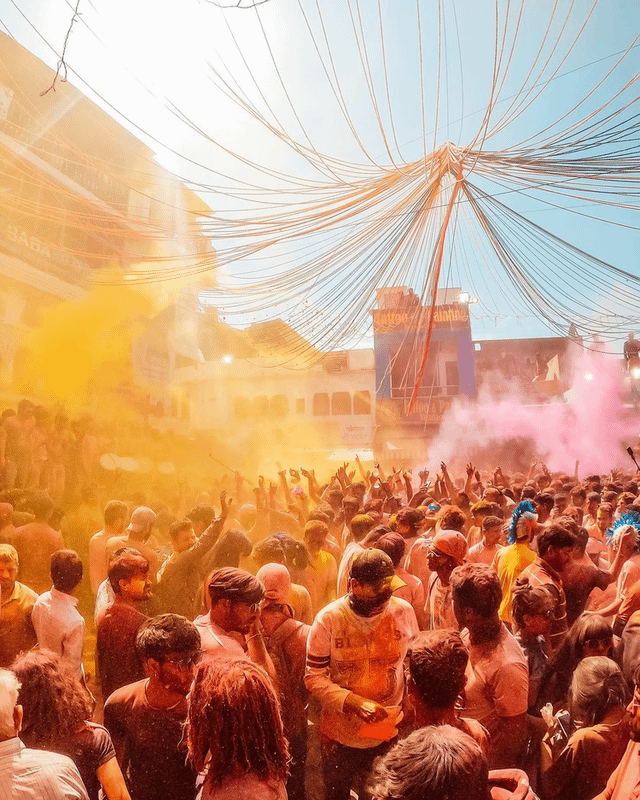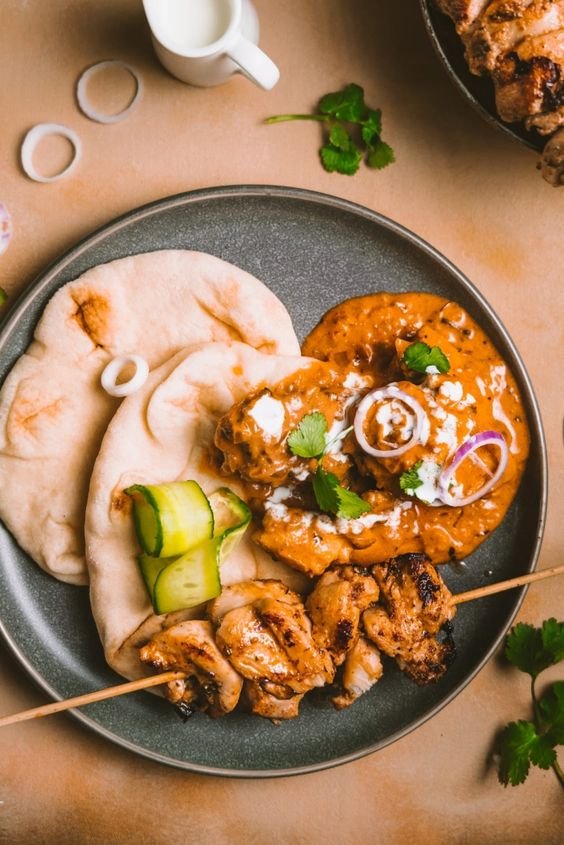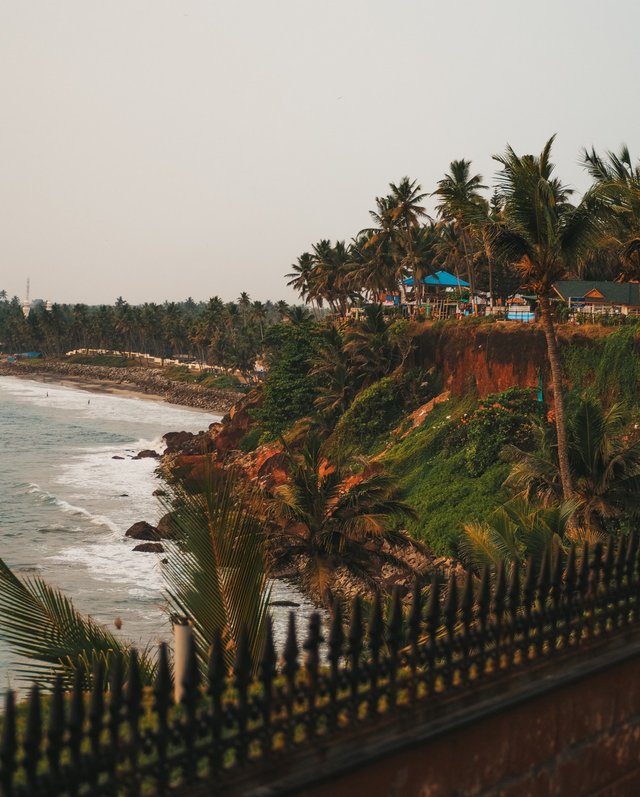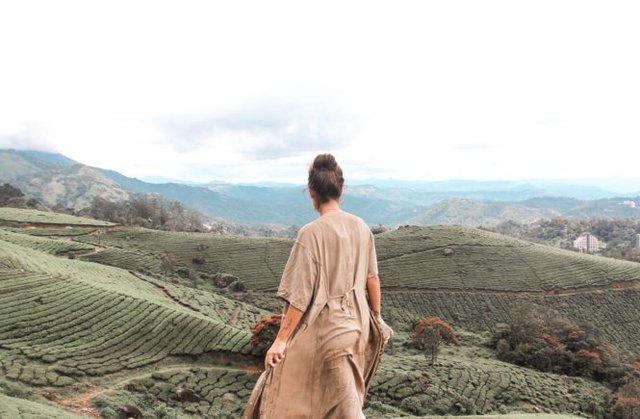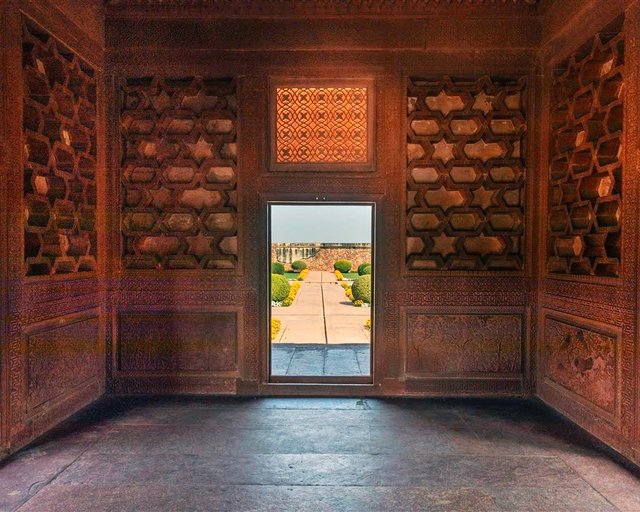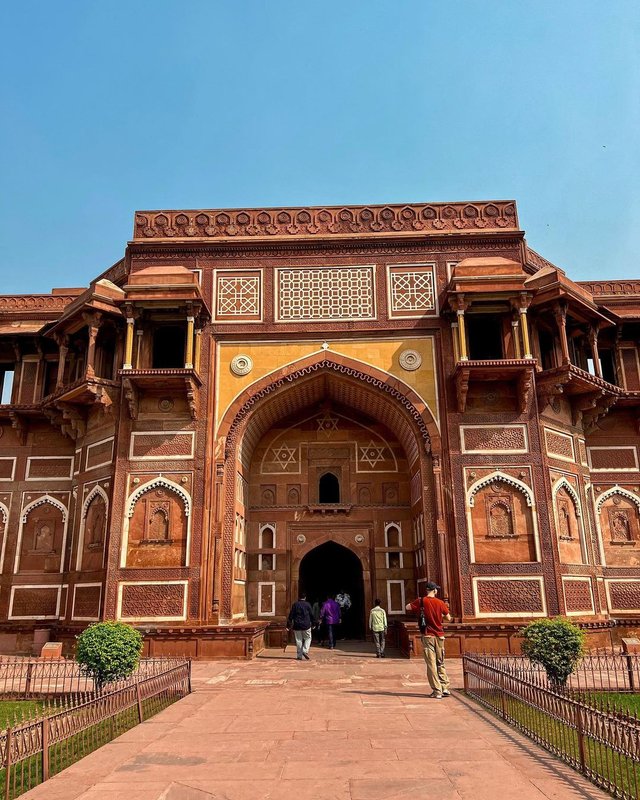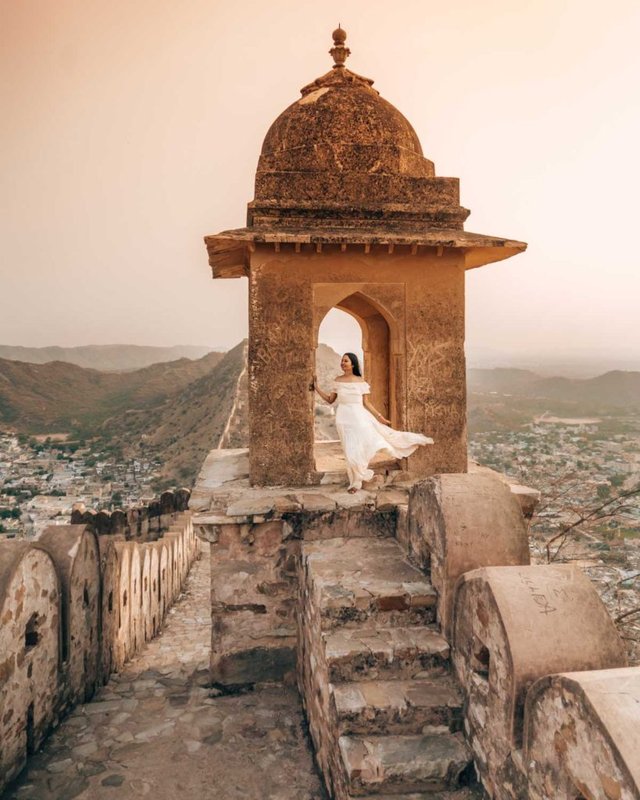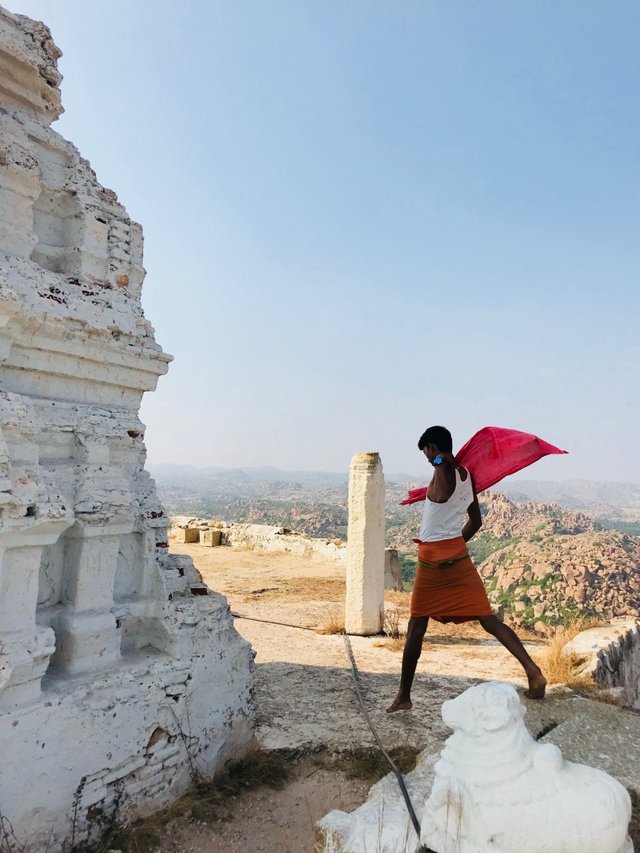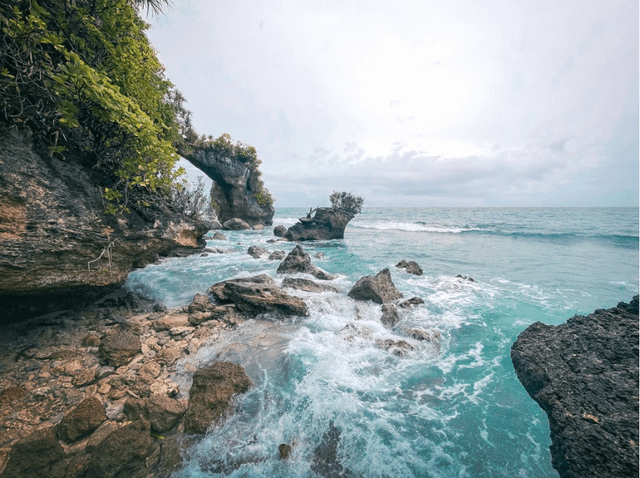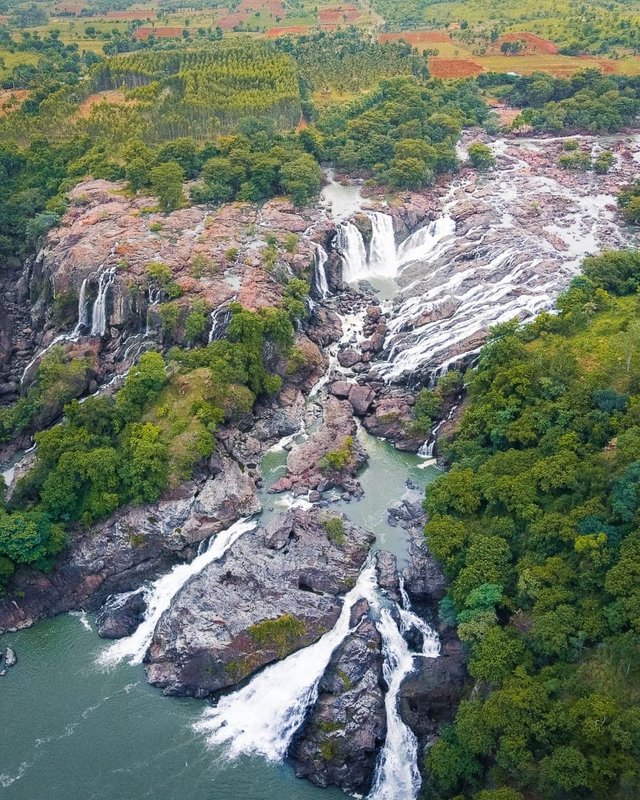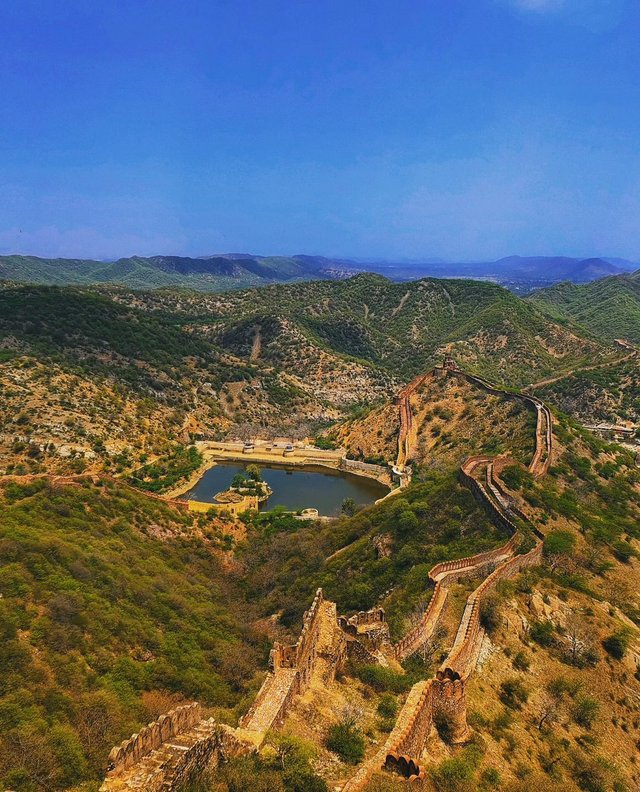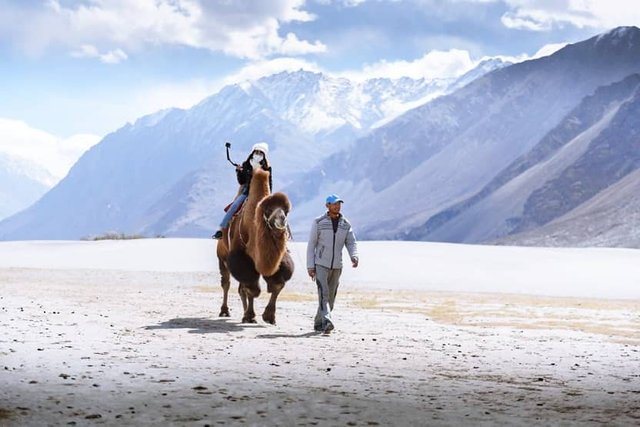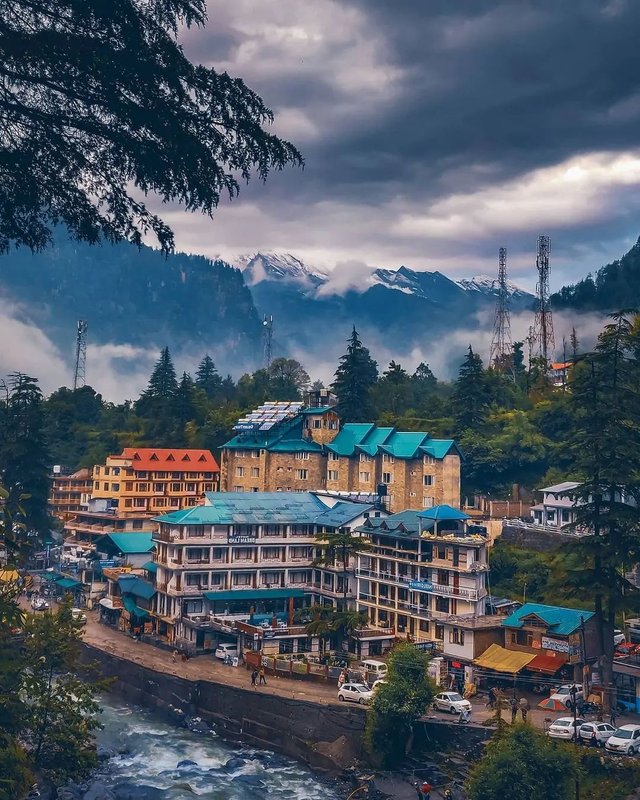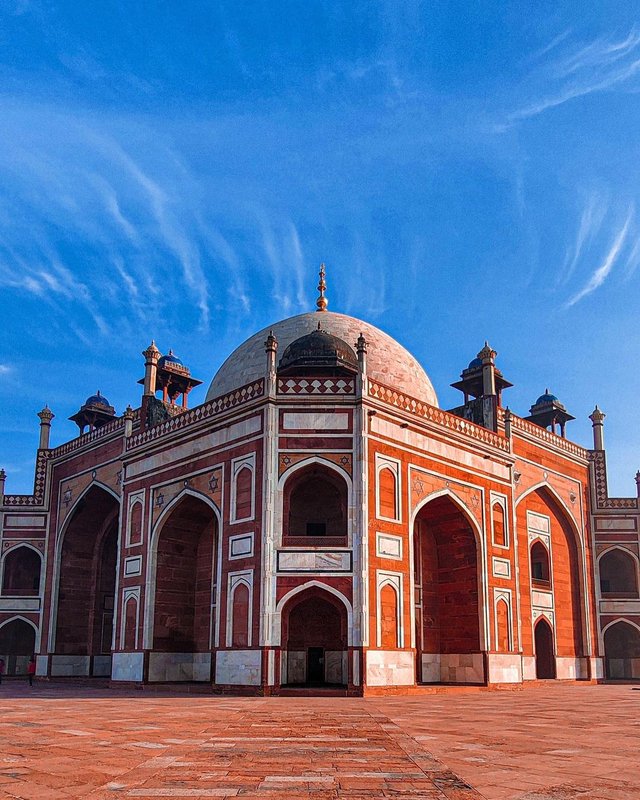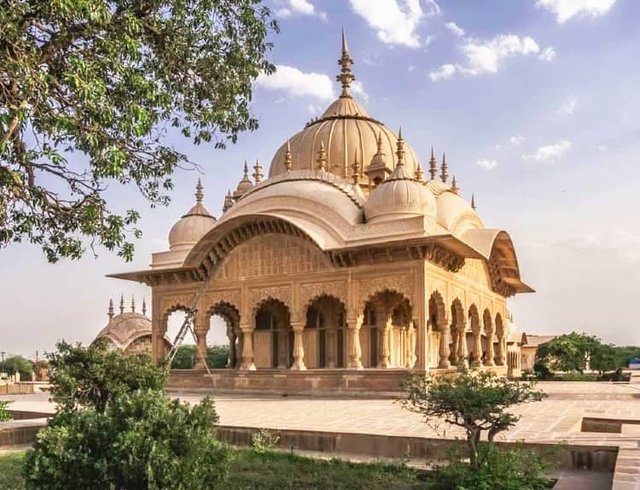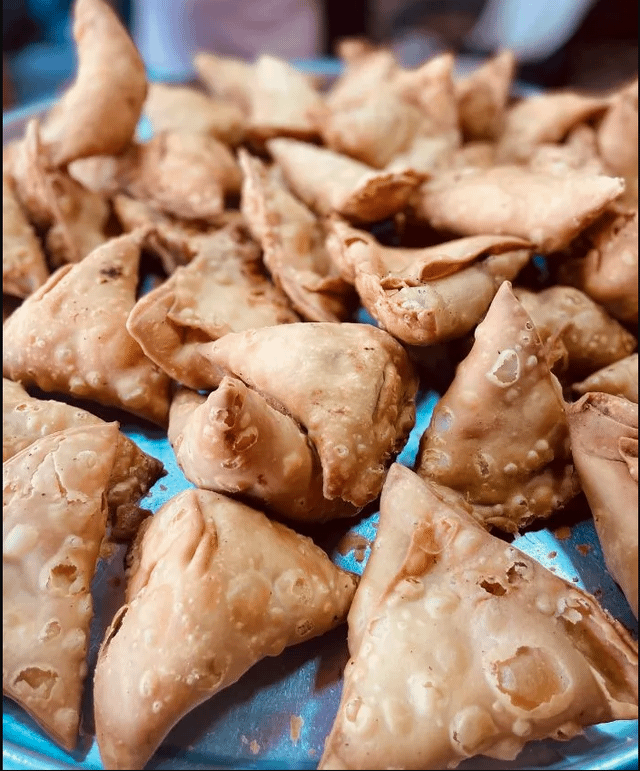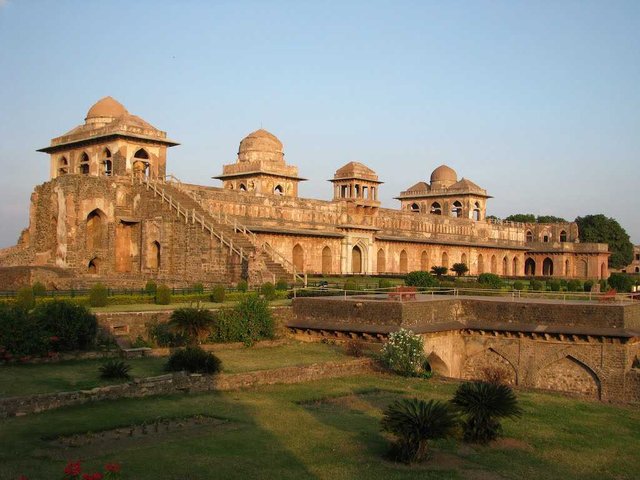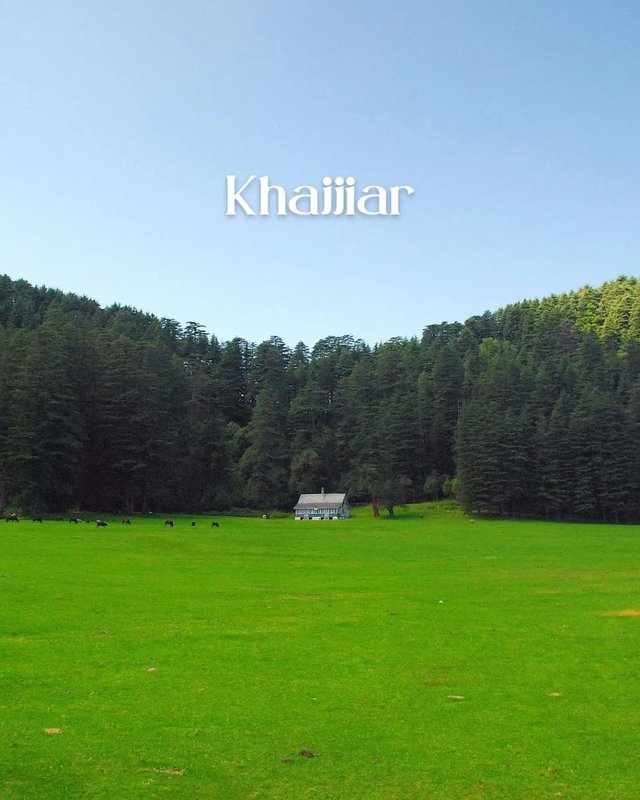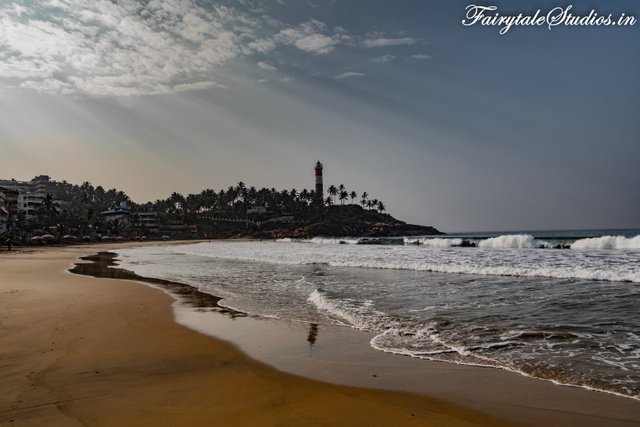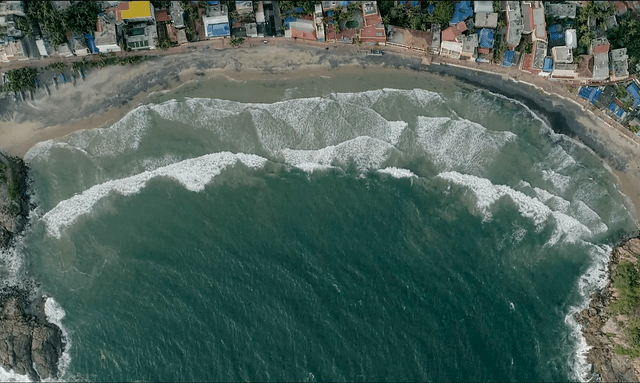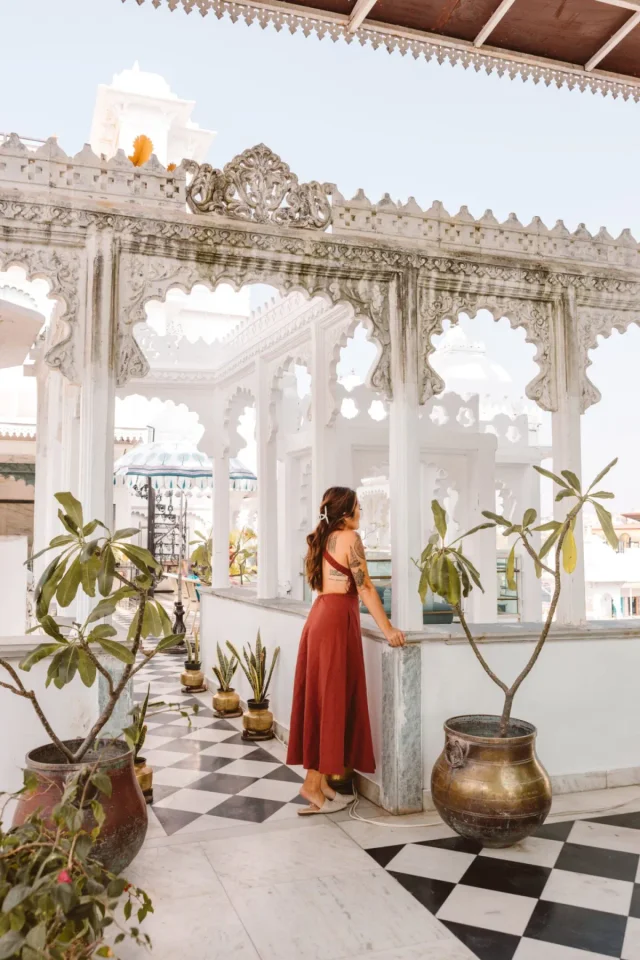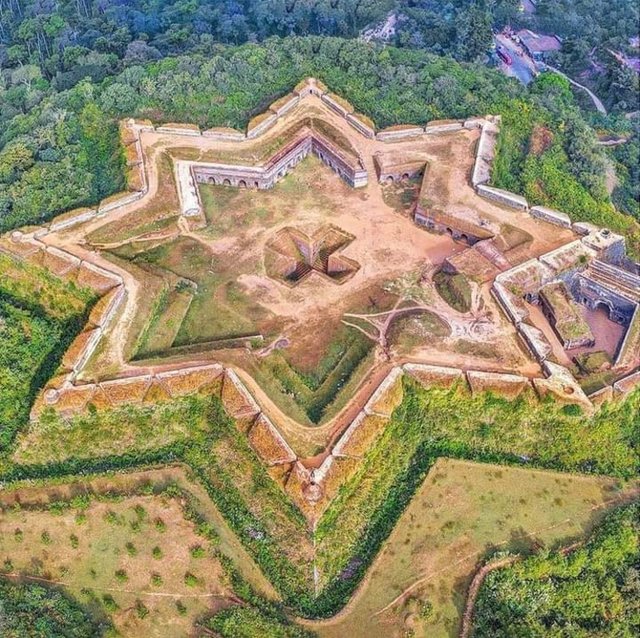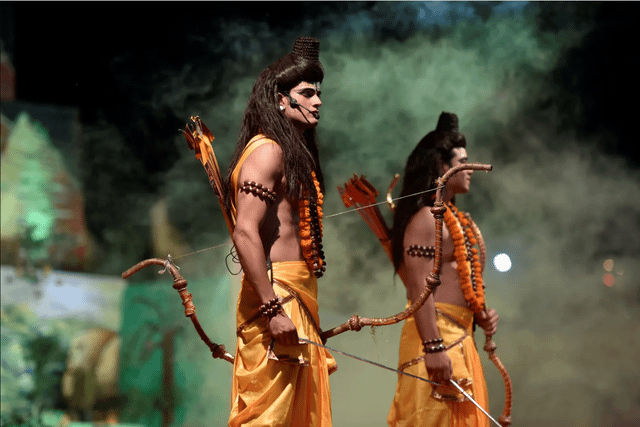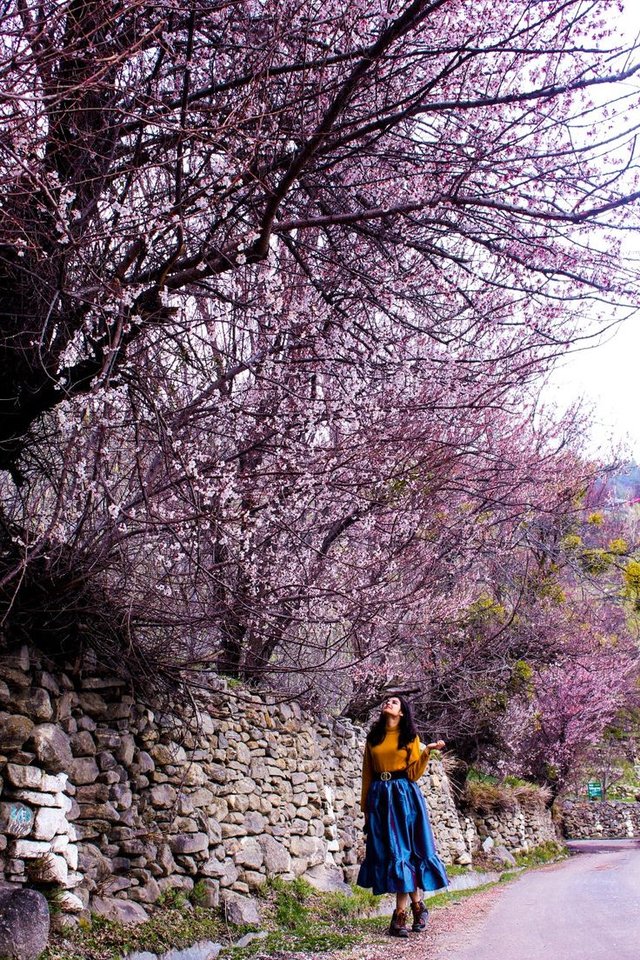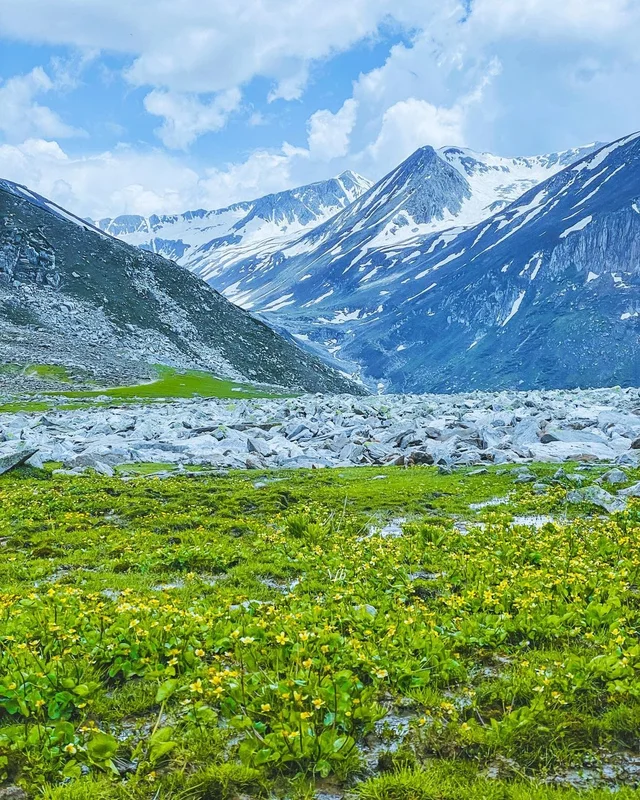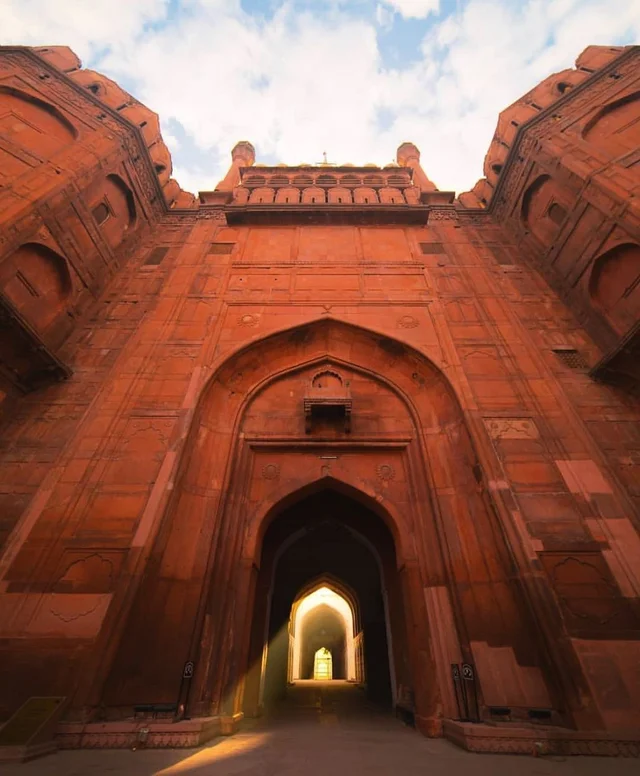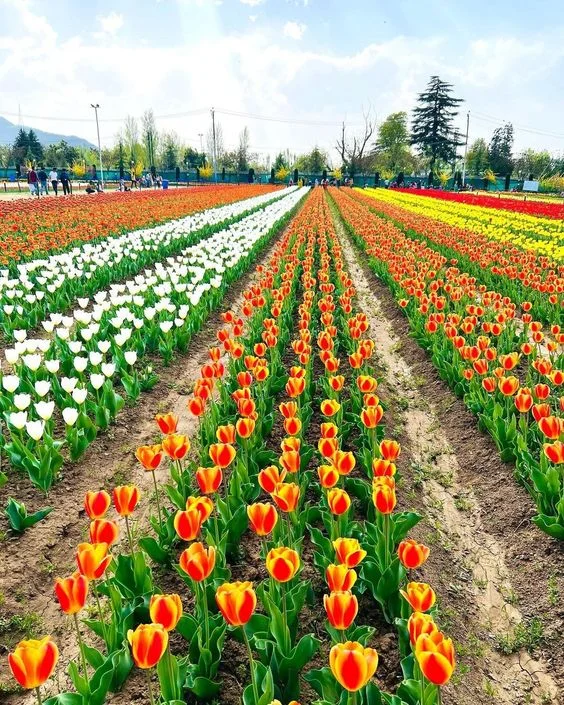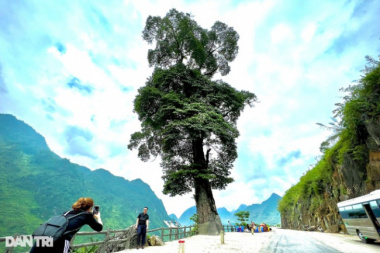Mysore Palace: A Royal Edifice Where History and Opulence Meet
Mysore Palace, also known as Amba Vilas Palace and Mysore Aramane, is one of the most magnificent and largest palaces in India. Situated in the southern state of Karnataka, it used to be the official residence of the Wodeyar Dynasty, the rulers of Mysore from 1399 to 1950. The grand palace stands tall in the heart of Mysore city and attracts visitors from across the world. Being one of the prime attractions in India after the Taj Mahal, it certainly deserves a place in every traveler’s bucket list. So why not visit Mysore Palace this holiday season?
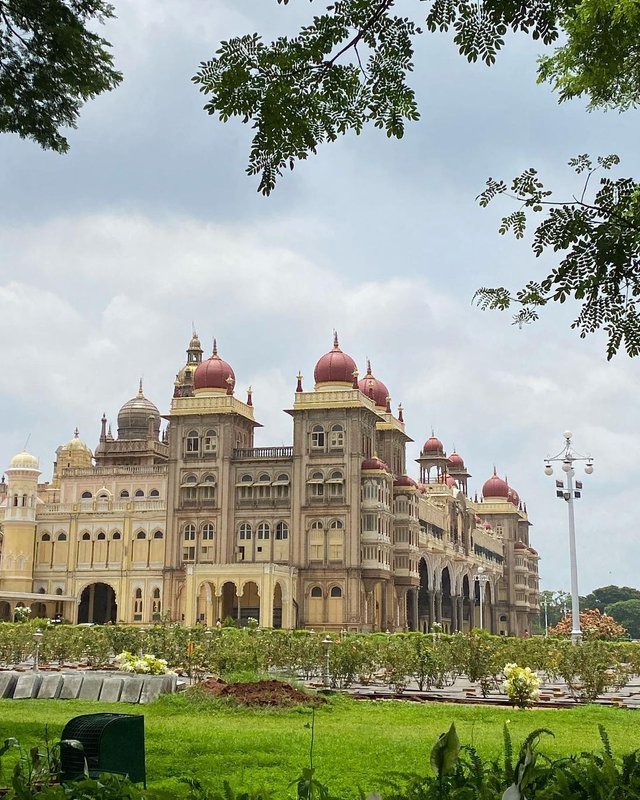
Before you plan your trip and book your hotels in Mysore, read this blog to know more about the palace, its history, timings, entry fee, and other interesting facts.
🚩 Mysore Palace Information:

◾ Location: Sayyaji Rao Road
◾ Timings: 10:00 am to 5:30 pm; every day
◾ Entry Fee: ₹ 70 for adults; ₹ 30 for kids above 7 years and below 12 years
◾ Still and Video Cameras: Not allowed inside the palace
◾ Nearest Railway Station: Mysore Junction (2 km)
◾ Also Known as: Amba Vilas Palace, Mysuru Palace, Mysore Aramane

◾ Year of Establishment: 1912
◾ Commissioned by: Maharani Kempananjammanni Devi and Maharaja Krishnaraja Wodeyar IV
◾ Architect: Henry Irwin
◾ Architectural Style: Indo-Saracenic
◾ Status: A palace managed by the Government of Karnataka and the official residence of the Wadiyar Dynasty
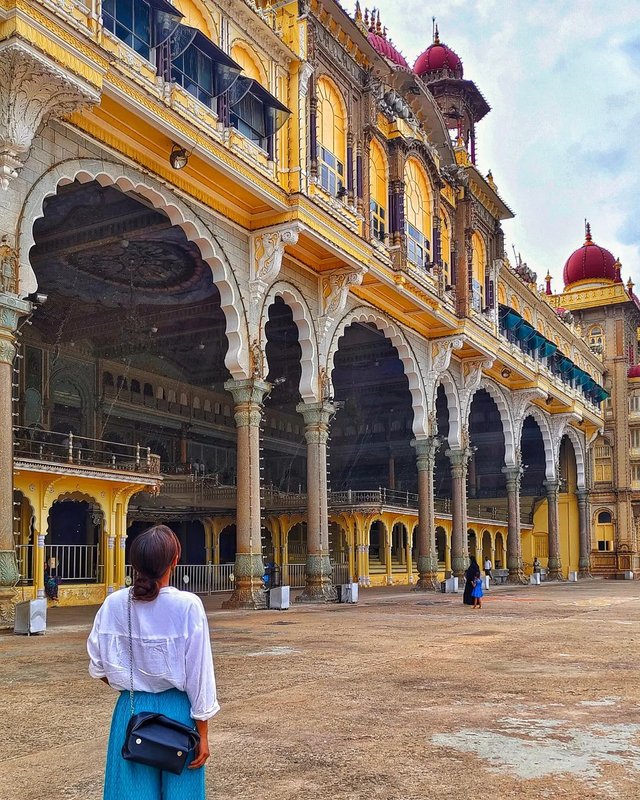
◾ Cost of Construction: 41.47 lakhs (in 1912)
Dimensions (Main Complex): 245 feet (length) x 156 feet (width) x 145 feet (height of the gold plated dome from the ground)
◾ Best Time to Visit: During Dasara celebrations
🚩 Mysore Palace: History
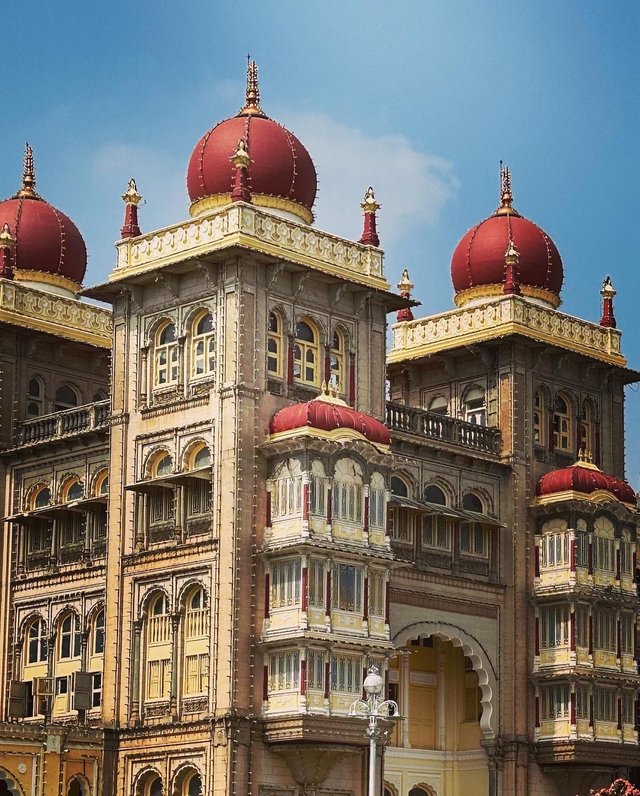
Of the seven palaces that dot the cityscape of Mysore, this royal edifice is the most splendid one. The palace had its foundation laid way back in the 14th century by the Wodeyars or Wadiyars, the royal family of Mysore. It is believed that Yaduraya Wodeyar, the first ruler of the Mysore Kingdom, built a palace in Puragiri aka the Old Fort during his reign. This palace, which is believed to be the predecessor of the current palace, has been demolished and reconstructed multiple times over a period of six centuries.

Initially, the palace was a wooden fortress which was struck by lightning in 1638 and reconstructed under the rein of Kantirava Narasa Raja Wodeyar. In 1793 AD, when Tipu Sultan took over the Wodeyar Dynasty, he demolished the palace and rebuilt it. In 1799, soon after the death of Tipu Sultan, the palace came under Krishnaraja Wodeyar III, who redesigned the palace as per the Hindu architectural style.
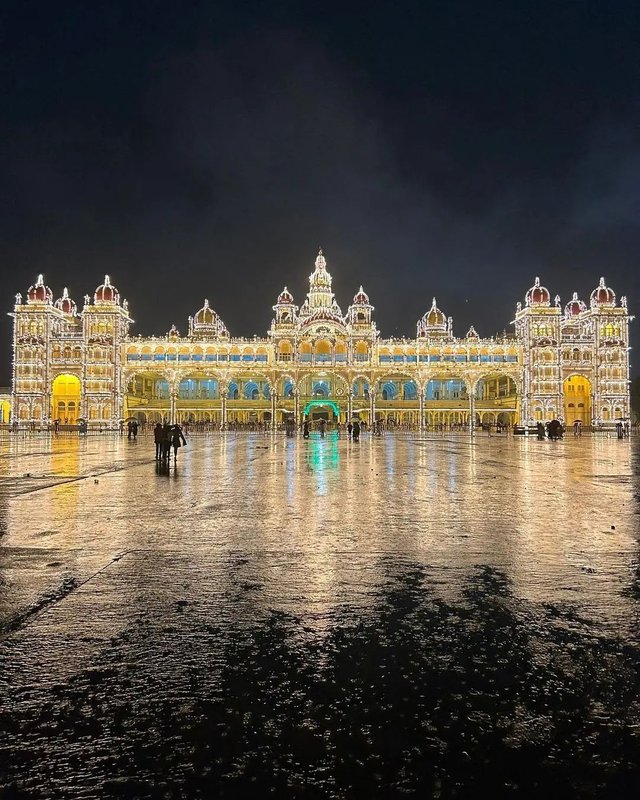
Sadly, in 1897, the palace was destroyed by fire during the wedding ceremony of Princess Jayalakshmmanni. Again, Maharani Kempananjammanni Devi and her son Maharaja Krishnaraja Wodeyar IV decided to rebuild the palace. The task of revamping the palace was commissioned to a British architect named Henry Irwin, who designed and completed this palace in 1912, at a whopping cost of over 41 lakh Indian rupees. Further expansions were done and a Public Durbar Hall wing was added to the palace under the reign of Jayachamarajendra Wadiyar during the 1930s.
🚩 Mysore Palace Architecture
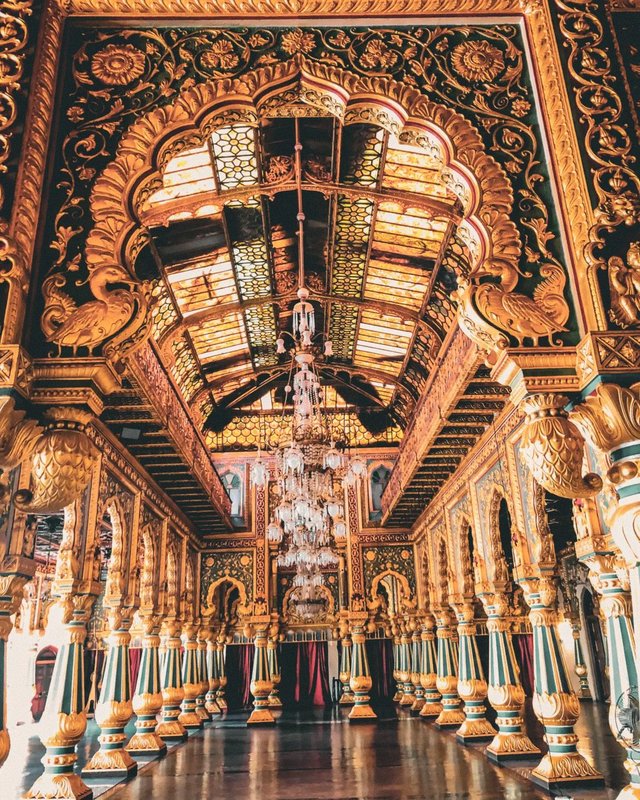
Mysore Palace is built in the Indo-Saracenic style with a touch of Hindu, Mughal, Rajput, and Gothic architectural styles. The three-storied palace along with a 145 feet five-storied tower was built using fine grey granite while deep pink marble was used for the domes. The exterior of this marvelous structure is enriched with two durbar halls, several arches, canopies, columns and bay windows. There is also a sprawling green garden surrounding the palace. The interiors are opulently designed with carved doors, stained glass ceilings, glittering glazed flooring tiles, spectacular Czechoslovakian chandeliers, and works of art from all over the world. All the rooms of the palace are stunningly luxurious and quite appealing.

Above the central arch, there is a divine sculpture of Gajalakshmi – the goddess of wealth with two elephants. In addition to the three entrances, located on the eastern, southern, and western sides, the palace features several secret tunnels. There is also a group of temples at the palace, built from the 14th to the 20th century.
🚩 Mysore Palace: Today
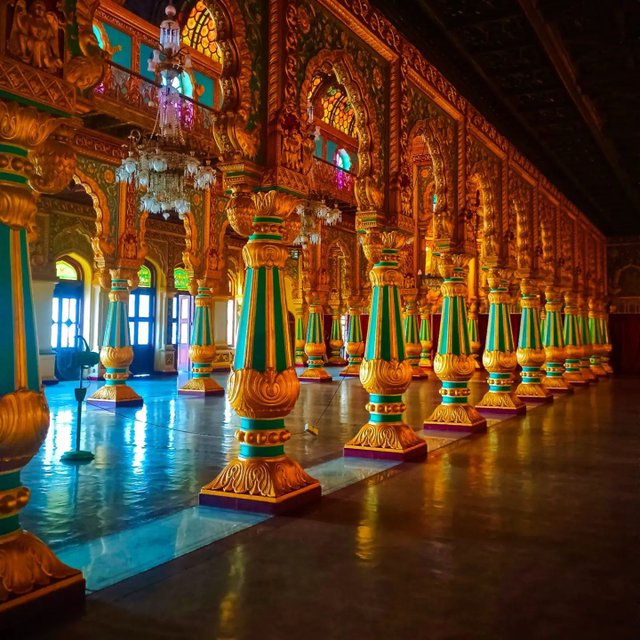
Today, Mysore Palace is managed by the Government of Karnataka while it continues to retain its designation as the Royal Seat of the Maharajas of Mysore. The grand edifice preserves various valuable possessions of Wodeyars which includes souvenirs, jewelery, royal costumes, and paintings. Though the palace is open to the public, the erstwhile royal family still continues to live in a portion of it. There is also a museum housed within the walled complex, called the Residential Museum, which incorporates some of these living quarters. No wonder, the palace counts among the top historical places to visit in Mysore.

The age-old Mysore Dasara Festival is celebrated here in its full glory. Over 6 million visitors come here annually to experience the rich history of this magnificent monument. In addition to the grandeur of the structure, the light and sound show and the illumination in the evenings are major crowd pullers.
🚩 Things to See in Mysore Palace
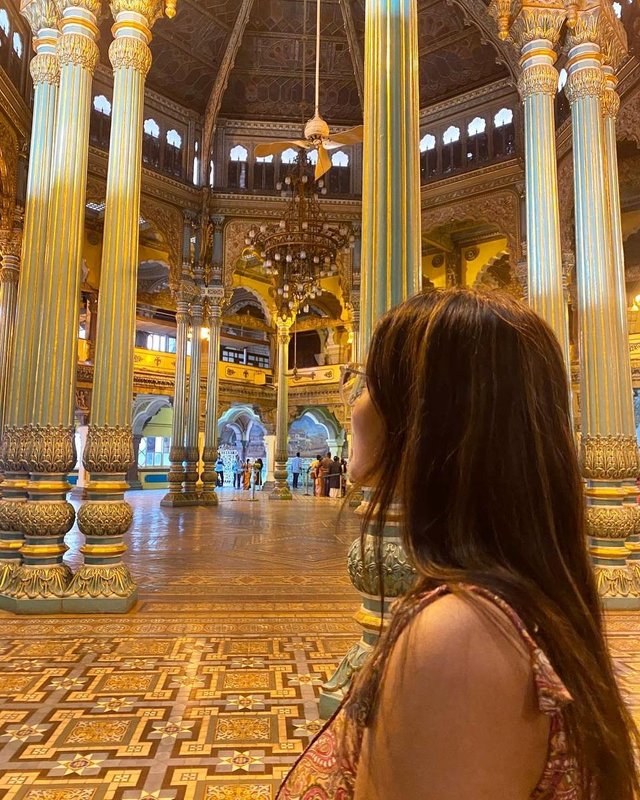
There is a fascinating array of things to see in and around Mysore Palace, each of which testifies to the wealth and grandeur of the Kingdom of Mysore. The top things to see in Mysore Palace include:
✔ The Gombe Thotti or Doll’s Pavilion, a collection of traditional dolls
✔ Golden Howdah, the Maharaja’s elephant seat made of 85 kilograms of gold
✔ Kalyana Mantap or Marriage Pavilion, an octagonal shaped hall with stained glass ceiling
✔ Public Durbar Hall, a large hall from where the Maharajas used to address the public
✔ Ambavilasa, a beautifully designed hall which was used by the Maharajas for their private audience
✔ Elephant Gate or Ane Bagilu, the brass gate which serves as the main entrance to the palace
✔ Paintings of Dasara Procession
✔ Portrait Gallery, a collection of valuable paintings and photographs of the Royal Family
✔ Casket Room containing royal collections
✔ Wrestling Courtyard
✔ Temples inside the palace
✔ Mysore Palace Light and Sound Show

The light and sound show held in the evenings is one of the prime attractions at Mysore Palace. The entire show portrays the 600-year-old cultural heritage, history, and traditions of the Wodeyar Dynasty in a visually appealing manner.
✔ Duration: 45 minutes
✔ Timings: 7.00 pm to 08.00 pm; all days except Sundays and public holidays
✔ Tickets: ₹ 70 for adults; ₹ 30 for kids above 7 years and below 12 years
🚩 Mysore Palace Illumination
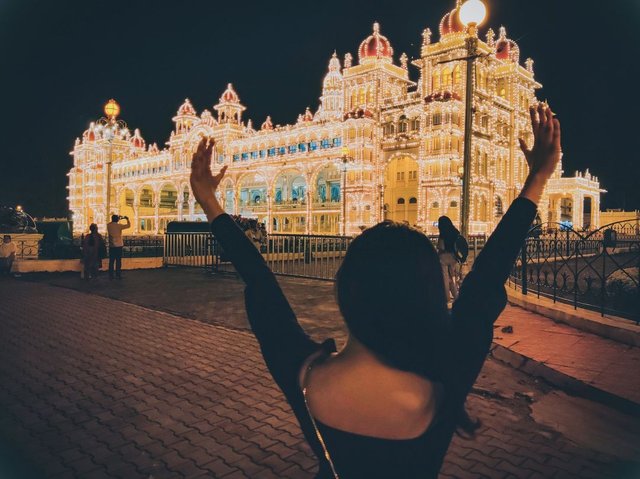
Mysore Palace is lit up in the evening on Sundays and public holidays, and also during the ten days of Dasara celebrations. During weekdays, you can enjoy the illumination after the light and sound show for five minutes. The illumination is done using 97000 electric bulbs, making the palace a sight to behold.
✔ Timings:
Sundays, public holidays, and during Dasara – 7:00 pm to 7:45 pm
Weekdays – 7:40 pm to 7:45 pm
✔ Tickets: Not required
🚩 Lesser-known Facts about Mysore Palace
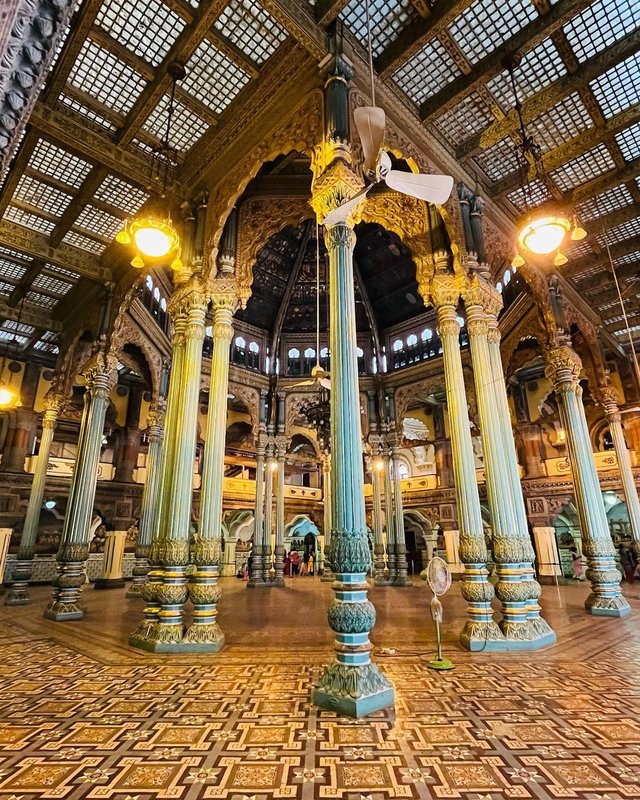
The current palace was constructed over a period of 15 years.
Mysore Palace is one of the few tourist places in India that has introduced braille guides for visually challenged tourists.
The Golden Ambari or Palanquin which was used by kings is now used for placing Goddess Durga’s idol during the Dasara procession.
Cre: Sargun Preet Kaur
Đăng bởi: Hồng Nguyễn


